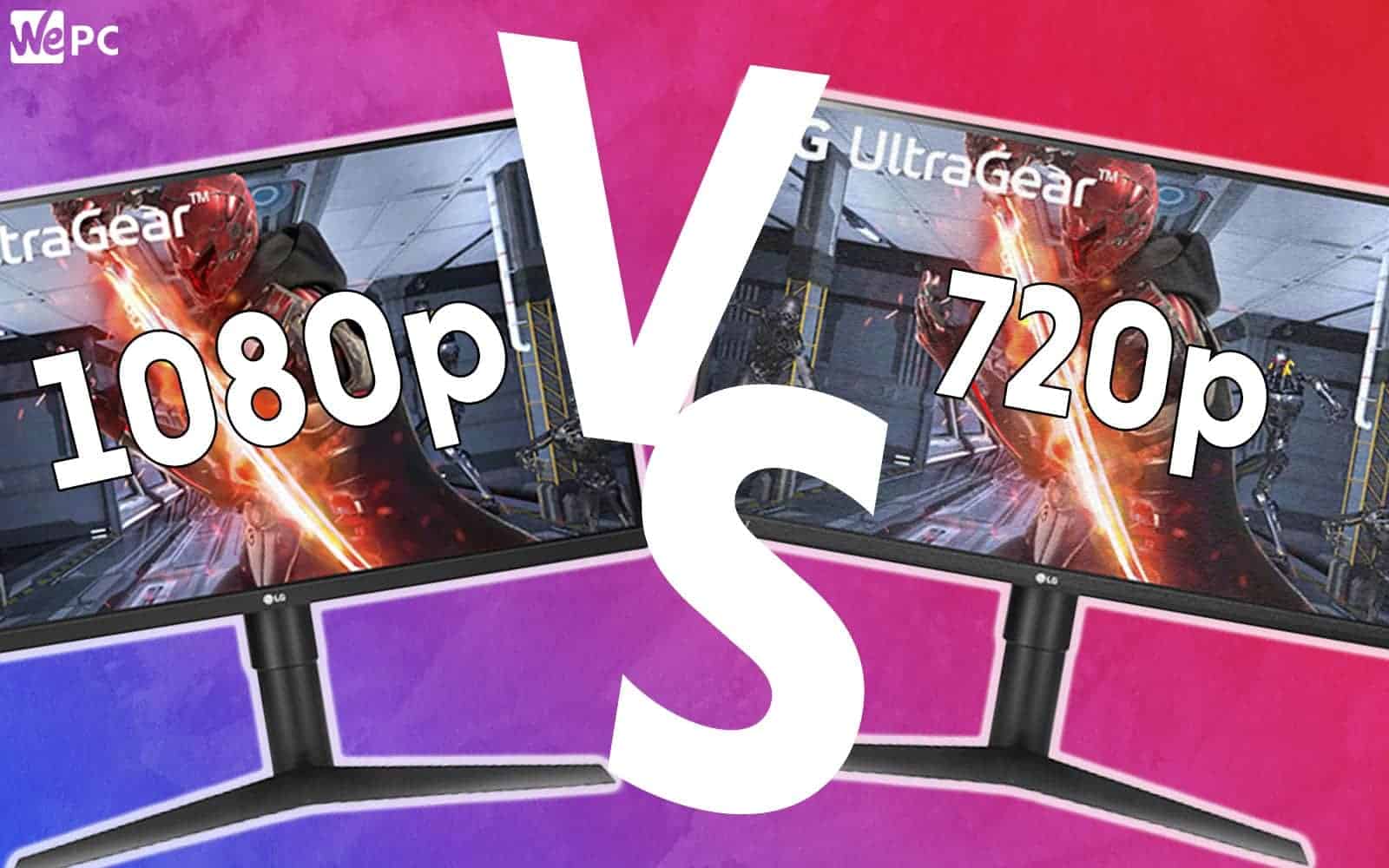

#720p vs 1080p video editing tv
With a resolution of 640 x 480, SD was the standard used when first translating analog TV to digital formats, which is also the reason that it has the almost square aspect ratio that was the standard for pre-HD television.Īt this point, though, there are few reasons why one might choose SD as their video resolution. Standard definition (SD, not to be confused with the memory card) is rarely used anymore, but there are so many old SD videos still floating around that you’re bound to come across one and it’s good to at least be aware of it. Let’s look in a little more detail at these common resolutions as well as some less common ones. In reality, though, there are certain resolutions that are extremely standardized that most videographers should stick to in most cases. Most video editors now make it trivially easy to set your exact resolution anywhere you want it. Technically speaking, there is little or no reason why a video couldn’t be any resolution you wanted (provided your camera’s sensor has enough pixels to capture it). SD (480p) frame outline in a DCI 4K Image Most Common Resolutions As long as the image is 16 pixels wide for every 9 pixels tall, it will have that same aspect ratio. Keep in mind, though, that the aspect ratio doesn’t tell you anything about the actual size of the image, just the shape.
#720p vs 1080p video editing full
16:9 is the aspect ratio for Full HD video. (You can do this math yourself - just divide each number by 120). For example, if you reduce the resolution of 1920 x 1080 down to its smallest whole number fraction, you get 16:9. Again, the horizontal dimension comes before the vertical dimension. Like resolution, aspect ratios are written out as two numbers, though this time with a colon in between them. Aspect ratios tell you where in this range an image fits. For the most part, all images are some variation of a rectangle, ranging from tall and thin (“portrait” style, more common in still photography but some videos designed to be viewed through mobile devices are starting to utilize a vertical orientation) through square and into ultrawide. The aspect ratio of an image is a simplified method of identifying the exact shape of your image. When you’re working in video, there is a second closely related yet different concept to be aware of, and that is the aspect ratio of your image. 1920 x 1080 is a grid 1,920 pixels wide by 1,080 pixels high.įull HD 1080p cutout of a DCI 4K Image What’s an Aspect Ratio? The first number is how many pixels there are horizontally, and the second number is how many there are vertically. These numbers specify exactly the number of pixels along each side of the image frame.

Often you see video resolutions written out as a pair of numbers such as 1920 x 1080 (the resolution standard for Full HD or 1080p video).

They’re the individual color dots that combine to make up a digital image. You probably have a decent working understanding of what a pixel is. With digital, though, resolution is an intrinsic and vitally important component of your images. There are some characteristics of film that are roughly analogous to resolution, but they get fairly technical. When it comes to film, resolution has never been as much of a consideration as it is with digital. Fortunately, this guide is here to try and demystify the situation a bit. It’s not uncommon to struggle to figure out what you need or should use. And once you have a camera in hand, odds are that there are multiple resolution options you can choose from. When you’re looking to rent or buy a new camera, the variety of resolutions available can make it challenging to know exactly what you need. Whether you’re a consumer or a content creator, this alphabet soup of video resolutions can be incredibly confusing.


 0 kommentar(er)
0 kommentar(er)
